As people rely more and more on artificial intelligence for recommendations on everything from product purchases to trip planning, brands are figuring out the new rules of the road.


Figure fast-tracks home testing for Figure 2 humanoid robot, powered by Helix AI.
Figure plans to start testing its humanoid robots in homes much sooner than expected.
The California-based startup’s CEO, Brett Adcock, revealed that it will begin alpha testing its Figure 2 robot in residential settings in late 2025.
This faster timeline is due to its advanced Vision-Language-Action (VLA) model, Helix, which enhances the robot’s adaptability and functionality.

The araneopathogenic genus Gibellula (Cordycipitaceae: Hypocreales) in the British Isles, including a new zombie species on orb-weaving cave spiders (Metainae: Tetragnathidae)
Authors: Evans, H.C. 1 ; Fogg, T. 2 ; Buddie, A.G. 1 ; Yeap, Y.T. 1 ; Araújo, J.P.M. 3, 4 ;
Source: Fungal Systematics and Evolution
Publisher: Westerdijk Fungal Biodiversity Institute
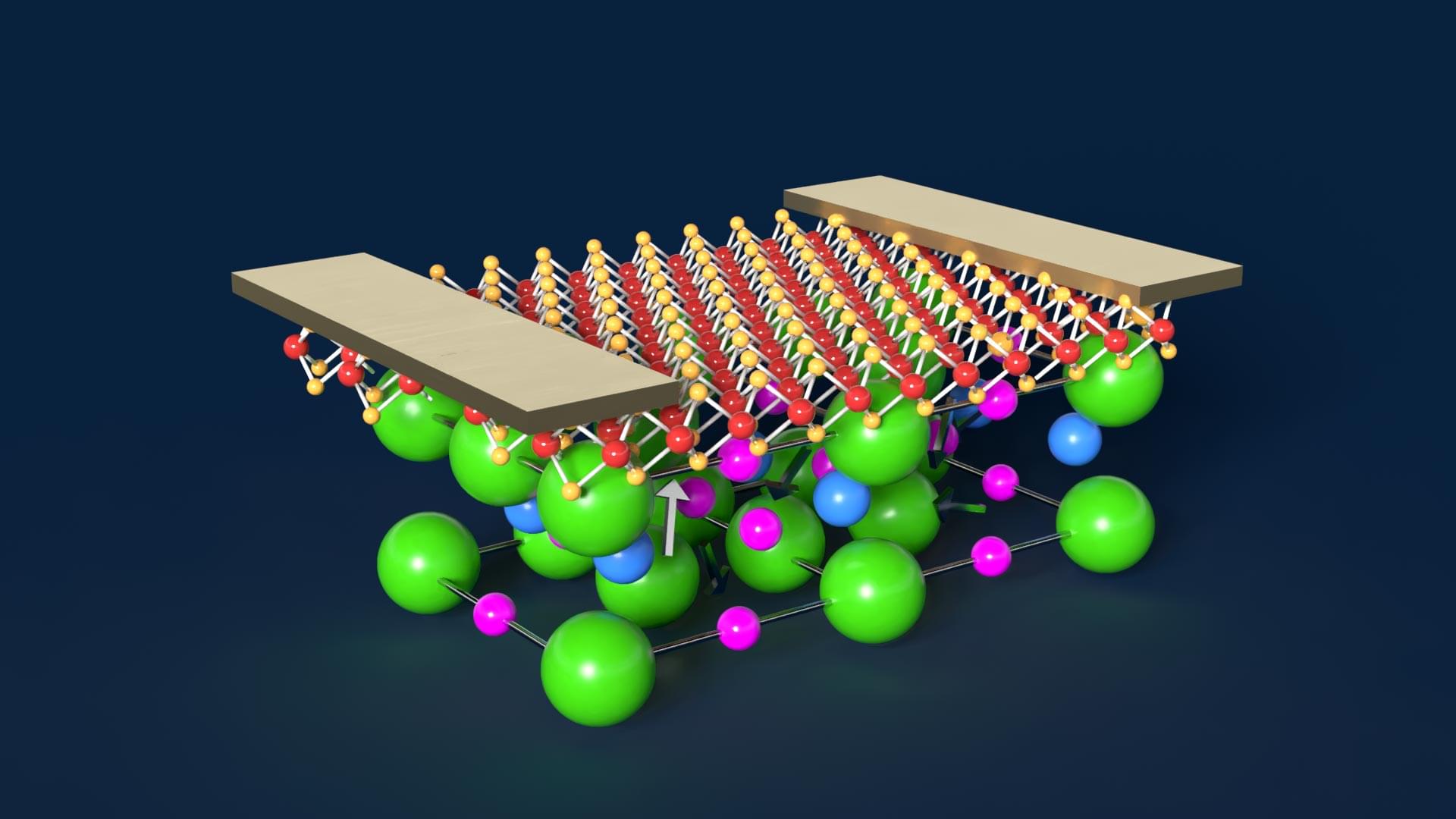
Researchers have discovered that incipient ferroelectricity can revolutionize computer memory, enabling ultra-low power devices.
These unique transistors shift behavior based on temperature, making them suitable for both traditional memory and neuromorphic computing, which mimics the brain’s energy efficiency. The use of strontium titanate thin films reveals unexpected ferroelectric-like properties, hinting at new possibilities in advanced electronics.
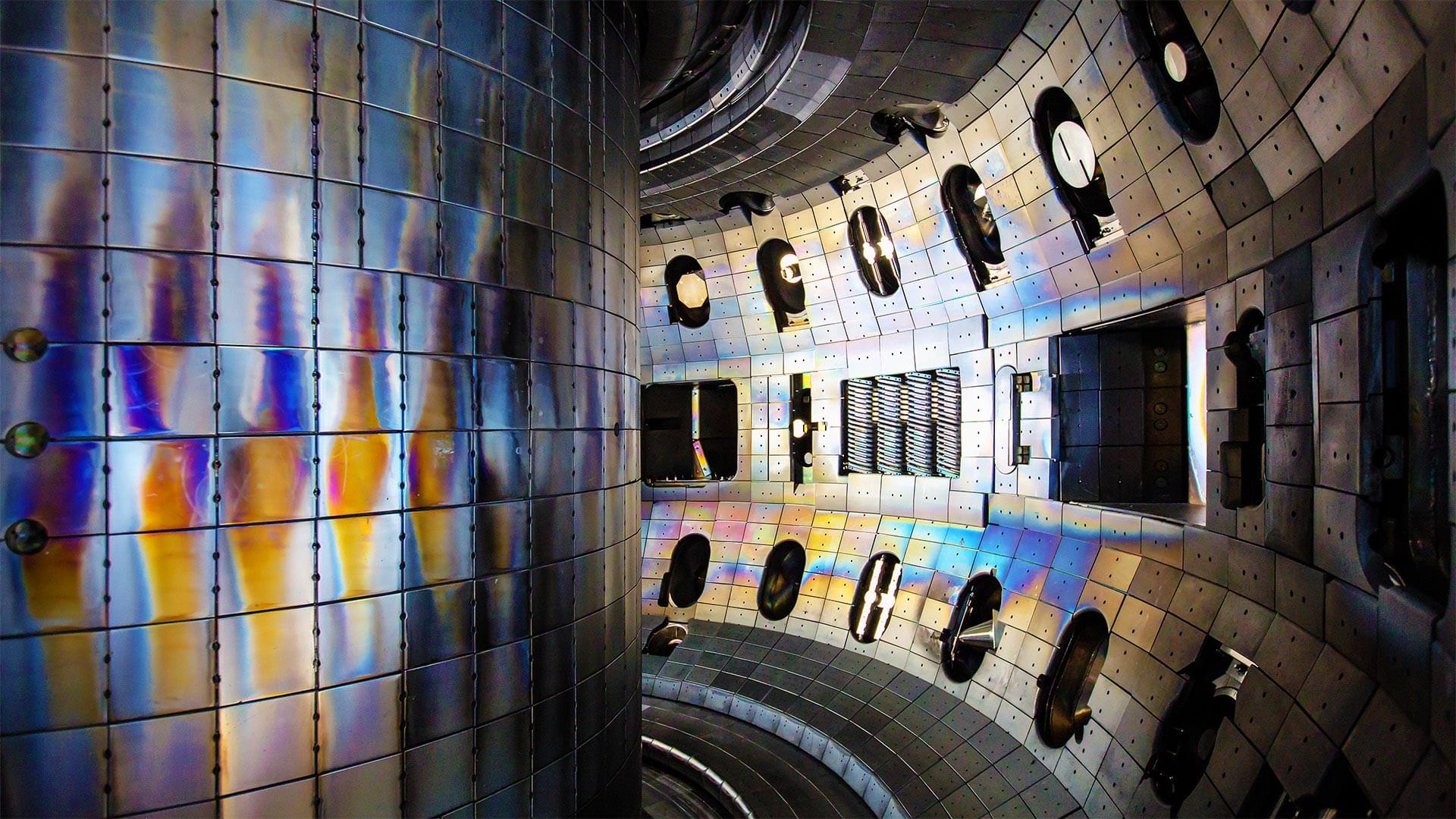
Researchers at the Princeton Plasma Physics Laboratory are exploring how deuterium, a potential fusion fuel, interacts with boron-coated walls in fusion reactors. Their discoveries about fuel retention and the problematic role of carbon in trapping fuel are paving the way for more efficient fusion systems, such as ITER in France.
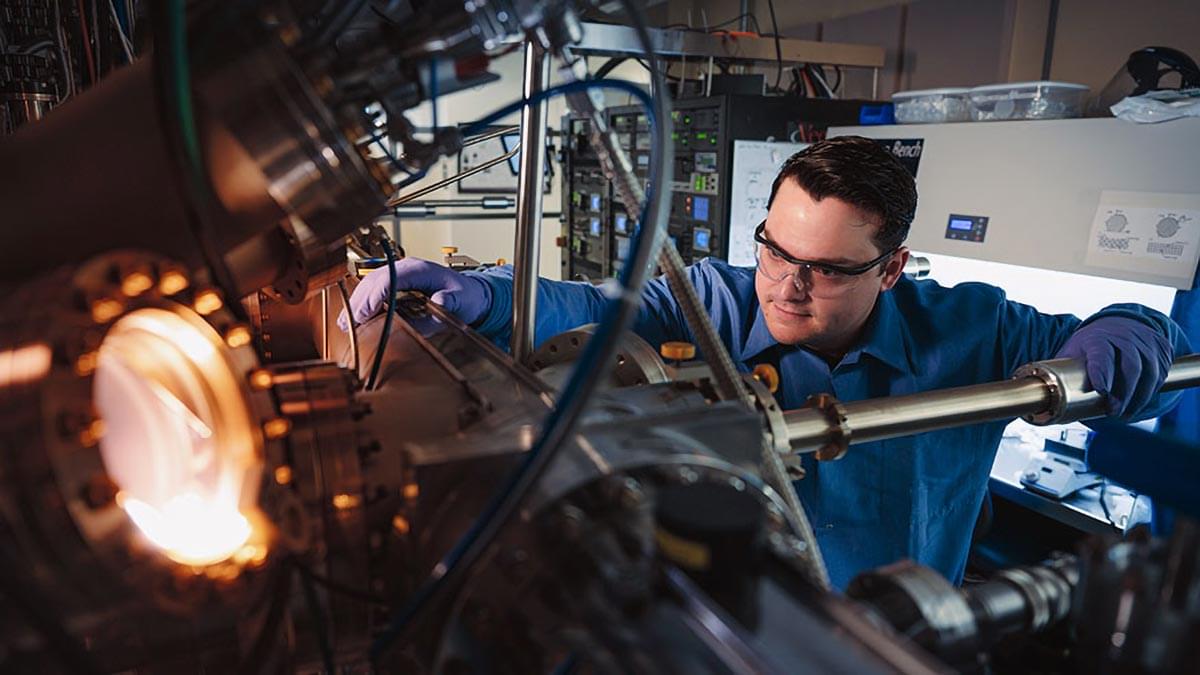
Their work pushes semiconductor-superconductor hybrid technology to new heights and strengthens Purdue’s role in quantum research.
Microsoft Advances Topological Quantum Computing
Microsoft Quantum recently published an article in Nature, highlighting key advancements in measuring quantum devices — an essential step toward building a topological quantum computer. The research was conducted by Microsoft scientists and engineers, including those at Microsoft Quantum Lab West Lafayette, based at Purdue University. In their announcement, the team described the operation of a crucial device that serves as a foundational building block for topological quantum computing. Their findings mark a significant milestone in the development of quantum computers, which have the potential to be far more powerful and resilient than current technologies.
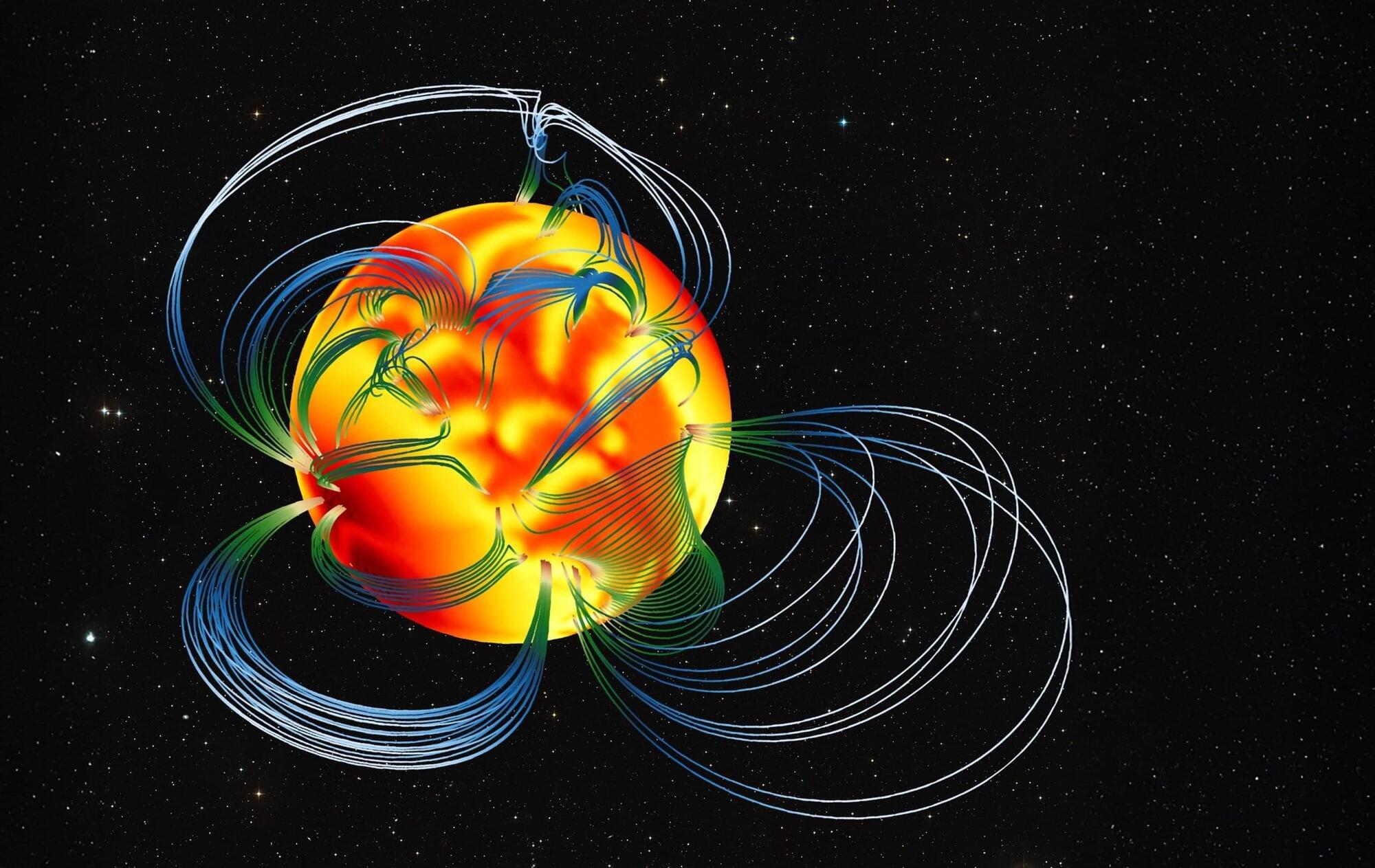
A breakthrough simulation reveals how magnetars form and evolve, solving a key mystery about their magnetic origins.
Magnetars are a rare type of neutron star.
A neutron star is the collapsed core of a large (between 10 and 29 solar masses) star. Neutron stars are the smallest and densest stars known to exist. Though neutron stars typically have a radius on the order of just 10 — 20 kilometers (6 — 12 miles), they can have masses of about 1.3 — 2.5 that of the Sun.

A team led by researchers at UNC-Chapel Hill has made an extraordinary discovery that is reshaping our understanding of bubbles and their movement. Imagine tiny air bubbles inside a liquid-filled container. When the container is shaken up and down, these bubbles exhibit an unexpected, rhythmic “galloping” motion—bouncing like playful horses and moving horizontally, despite the vertical shaking. This counterintuitive phenomenon, revealed in a new study, has significant technological implications, from improving surface cleaning and heat transfer in microchips to advancing space applications.
These galloping bubbles are already drawing significant attention. Their impact on fluid dynamics was recently recognized with an award for their video entry at the latest Gallery of Fluid Motion, organized by the American Physical Society.
“Our research not only answers a fundamental scientific question but also inspires curiosity and exploration of the fascinating, unseen world of fluid motion,” said Pedro Sáenz, principal investigator and professor of applied mathematics at UNC-Chapel Hill. “After all, the smallest things can sometimes lead to the biggest changes.”
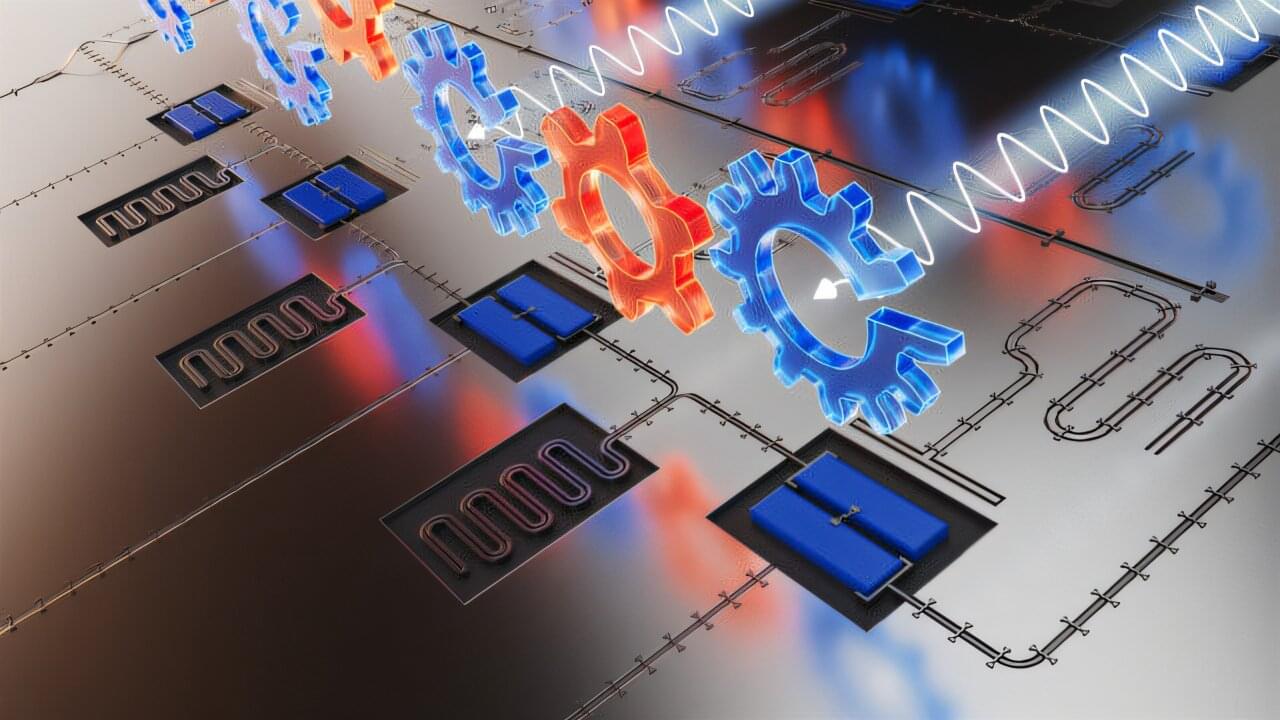
Quantum computers, which operate leveraging quantum mechanics effects, could soon outperform traditional computers in some advanced optimization and simulation tasks. Most quantum computing systems developed so far store and process information using qubits (quantum units of information that can exist in a superposition of two states).
In recent years, however, some physicists and engineers have been trying to develop quantum computers based on qudits, multi-level units of quantum information that can hold more than two states.
Qudit-based quantum systems could store more information and perform computations more efficiently than qubit-based systems, yet they are also more prone to decoherence.

Superconductivity is an intriguing property observed in some materials, which entails the ability to conduct electric current combined with an electrical resistance of zero at low temperatures. Physicists have observed this property in various solid materials with different characteristics and atomic thicknesses.
A team of researchers at Nanjing University in China recently carried out a study aimed at further exploring the behavior of niobium diselenide (NbSe₂), a layered material that has been found to be a superconductor when it is atomically thin. Their paper, published in Physical Review Letters, unveils resilient superconducting fluctuations in atomically thin NbSe₂, which could play a part in the anomalous metallic state previously observed in this material.
“Our study was inspired by a long-standing puzzle in condensed matter physics, which can be summarized by the question: can metals truly exist in two dimensions as the ground state?” Xiaoxiang Xi, senior author of the paper, told Phys.org. “While we understand the behavior of everyday metals and insulators, ultrathin materials—like sheets just one atom thick—challenge these conventional rules.”